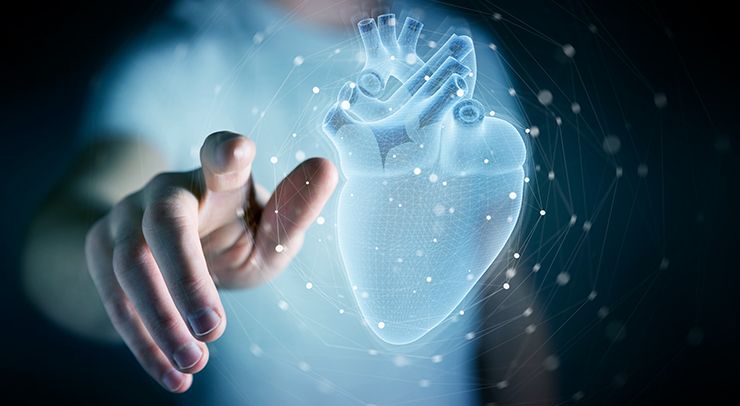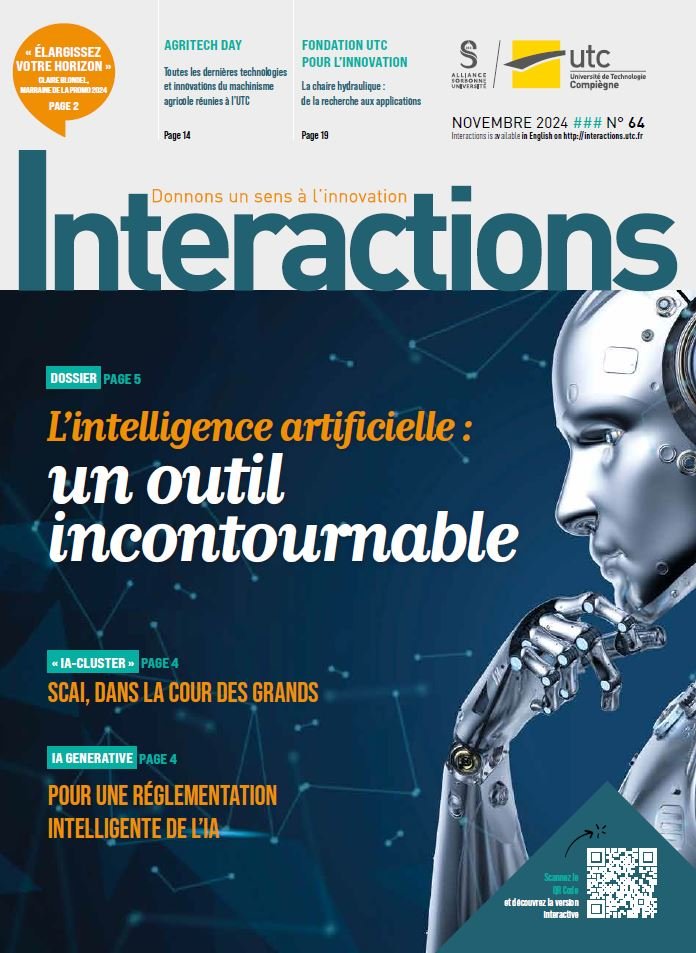Digital modelling for an innovative implant device

Anne-Virginie Salsac, senior CNRS research director at the UTC ‘s Biomechanics and Bioengineering Laboratory (BMBI) and Laurent Lanquetin, Head of the Fluid Mechanics programmes at Segula Technologies Group, Trappes, have decided to join forces and go further in the mitral valve implant project intended for the treatment of functional mitral insufficiency. An excellent example of a working university-industry partnership.
Once again, the adventure began with an e‑mail sent by Laurent Lanquetin to Anne-Virginie Salsac at the end of 2015, followed by a telephone conversation explaining what “digital modelling in the field of fluid biomechanics” is, she explains.
It must be said that Anne-Virginie Salsac shows a fine sense of continuity in her ideas and she also enjoys the privilege of seeing them work. She very quickly suggested to Laurent that they work together on an internship project for a student at the end of his/her studies and that they select a student. The questionof the subject remained. “It was then, at the end ofthe conversation, that I told him about an innovativeproject that we were working on and which could therefore appeal to them. I proposed to model the dynamics of a mitral valve and eventually the insertion of an implant to repair it in the event of mitral insufficiency,” she explains.
So what is the underpinning idea? “It’s about applying digital modelling to improve the effectiveness of a medical device,” she adds. This idea appealed to Laurent Lanquetin. The proof? Very quickly, a formal partnership was formed with Segula Technologies, a leader in engineering fields such as the automotive, railway, naval and energy industries. “At the Trappes site, we are mainly specialised in the automotive sector with a computer based design office of around one hundred people, engineers and doctoral students. Our role is to support customers in various projects for the development of specific parts. However, in an effort to diversify, we had started to develop more and more projects in bioengineering and biomedical, and Anne-Virginie’s project fitted in perfectly with this,” explains Laurent Lanquetin.
This is how Thibaut Alleau, a final year student at an engineering school in Toulon, came on board as an intern. “Every year, we work with the group’s research and innovation division and regularly take on students for their end-of-studies internship in order to develop, in particular, different digital methodologies. Thibaut was very motivated and interested in the subject. This would allow us to work on the development of simulation strategies in a new field. Namely, biomedical,” emphasises Laurent Lanquetin. But in this field, a six-month internship is short. “Thibaut was beginning to grasp all the problems associated with blood flow, but the rest was going to require a huge amount of work. It must be admitted that modelling fluid flows in large vessels is already not simple, but in the case of the heart, an additional complexity results from the movement of the valves, which open and close in a strong interaction with the blood flow…In a word: even simplified, the problem remains complex,” explains Anne-Virginie Salsac. Having developed a taste for research, Thibaut opted for a doctorate at the UTC. A Cifre thesis was set up to advance the project. Its objective? To answer the question of ‘how’. How to model? What approaches and tools to use? “Today, as the thesis draws to a close, we have a working valve model that will allow us to test implants. We hope to find funding, particularly within the framework of the national recovery financial aid plan, so that Thibaut can optimise the implant prototypes. If not, we shall keep our fingers crossed for a new Cifre thesis,’ she concludes.




